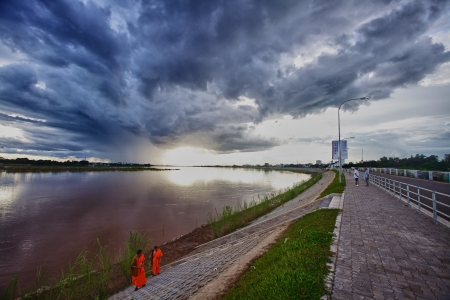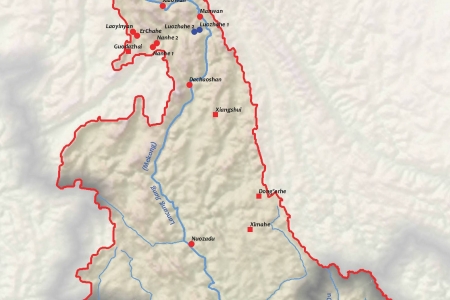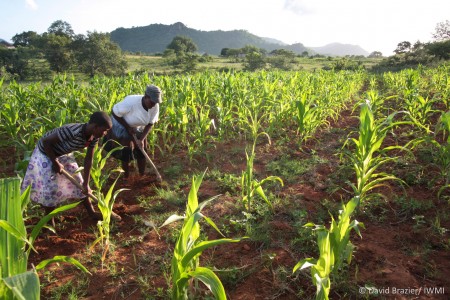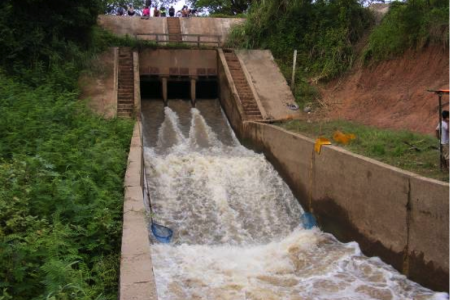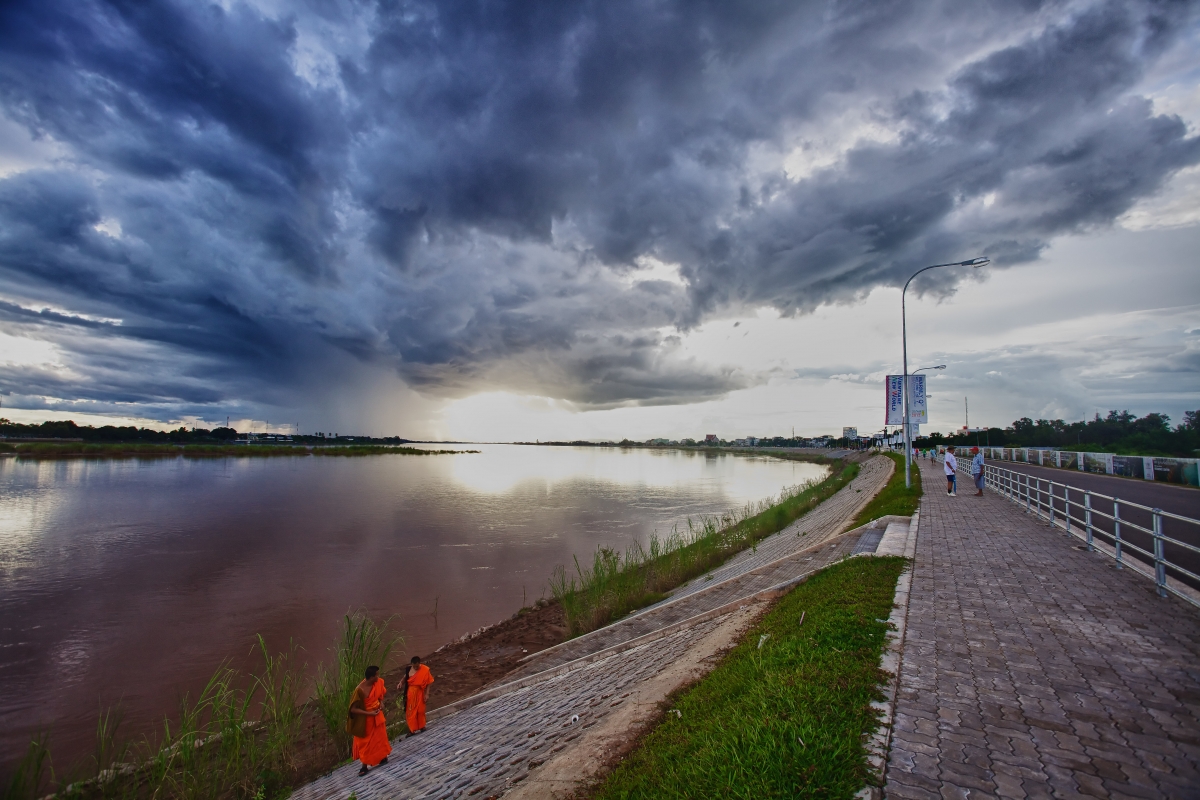
At the end of June 2016, WLE Greater Mekong published a series of maps identifying dams on the Irrawaddy, Salween, Mekong, and Red rivers and their tributaries. The maps cover existing dams, dams under construction, planned dams, and cancelled dams; both irrigation dams and hydroelectric dams are mapped, as long as they have a reservoir size of at least 0.5 km2 and/or have an installed capacity of at least 15 megawatts (for hydroelectric dams).
The following is the first half of an interview that took place on 8 July 2016, between Dr Kim Geheb—the WLE Greater Mekong Regional Coordinator — and the editor of Thrive. It is being published here in anticipation of the Great Mekong Forum on Water, Food, and Energy.
What opportunities do these maps open up for researchers?
There are several opportunities present here, really. First, our maps show all major river systems in the Greater Mekong Subregion (GMS)—not just the Mekong river, but also the Red, Salween, and Irrawaddy rivers. Prior to the creation of our maps, the best-mapped basin in the Greater Mekong was the Mekong itself, but even then, those maps generally only contained Mekong River Commission (MRC) member countries—meaning, most of the MRC mapping projects excluded China and Myanmar. Our maps provide a detailed look at dam development and scope across all these basins, which enables researchers to evaluate damming not only in the Mekong basin itself but also in all of its neighboring river basins.
Secondly, this data offers a starting point for much more detailed river analyses than we have seen in the past. One could start with a water footprint—meaning, how much land has been lost to water. From there, one could start looking at economic trade-offs between land loss and agricultural productivity—in terms of irrigation—or economic benefits arising from electricity provision and supply to rural areas. Our combined focus on irrigation and hydropower is extremely important: many existing analyses cover only hydroelectric dams, but in terms of the environmental consequences, it doesn’t matter what a dam is used for—a dam is a dam.
Where we’d like to see this work heading in the long-term is cumulative impact assessments of dams in all our basins.
Speaking of consequences, what are the hot spots on this map? Where should researchers be focusing their attention?
Perhaps one is what we’re seeing along the Red River: there are some truly huge dams under development, especially in terms of reservoir size. This is pretty surprising, given the incredible population density of Vietnam; the resettlement issues stemming from these dams are on an unprecedented scale. Furthermore, these dams highlight some political complications in the area. Due to the tensions between Vietnam and China, the Chinese feel no real obligation to let the Vietnamese know if they’re going to withhold or release water. This lack of communication has already led to flooding in Vietnam. This is why we’ve been working to help to improve research-level relationships between China and Vietnam, where the Vietnamese are very particular about wanting to share hydrological data—and, more particularly, water release data—so they can take those changes into account. The Vietnamese are very preoccupied with releasing their own dam water, particularly when it’s most needed for irrigation during the dry season.
In Laos, one of the most challenging datasets to gather are planned dams—dams that don’t have any physical presence yet. The locations can change sometimes, based on the results of economic feasibility studies and other factors. However, the number of planned dams in Laos is absolutely staggering; they’re very randomly distributed as well, which indicates limited attention to zoning—by which I mean determining which tributaries are important for conservation versus which would be best suited to hydroelectric development. It would be useful for researchers to think about how these planned dams fit cumulatively into the bigger picture of already existing dams—which brings me back to the point about the necessity of cumulative impact assessments.
Jumping over to the other side of the Mekong basin, Thailand’s large Mekong basin dams are mostly very old: they’re largely remnants of projects from the 1950s and the 1960s. In the last twenty years or so, civil resistance has mostly stopped the development of large-scale dams in Thailand. What you do see are some very ambitious planned irrigation dams, but many of these have been interrupted by salinization—what we’re really seeing in Thailand are the skeletons of dam development.
Further to the west, one of our maps shows both the Salween and the Irrawaddy together. What you’ll see—if you look right at the top of those basins, on the Chinese side of those rivers—is an incredible density of hydropower facilities. Our GIS technician was barely able to fit the names into the map, because the dots are so close together: there are more dams on the tiny Chinese portions of these rivers than on their entire lengths in Myanmar. These are quite concerning dams, from an ecosystems perspective: many of them channel water out of the main stream into a pipe, canal, or tunnel, and return it to the river after pushing it through a powerhouse. Between the offtake and the outlet, the riverbed itself is completely dry.
To read the second half of this interview, please click here. Also, don't forget to check out the pages for WLE-Mekong and the upcoming Greater Mekong Forum on Water, Food, and Energy.



